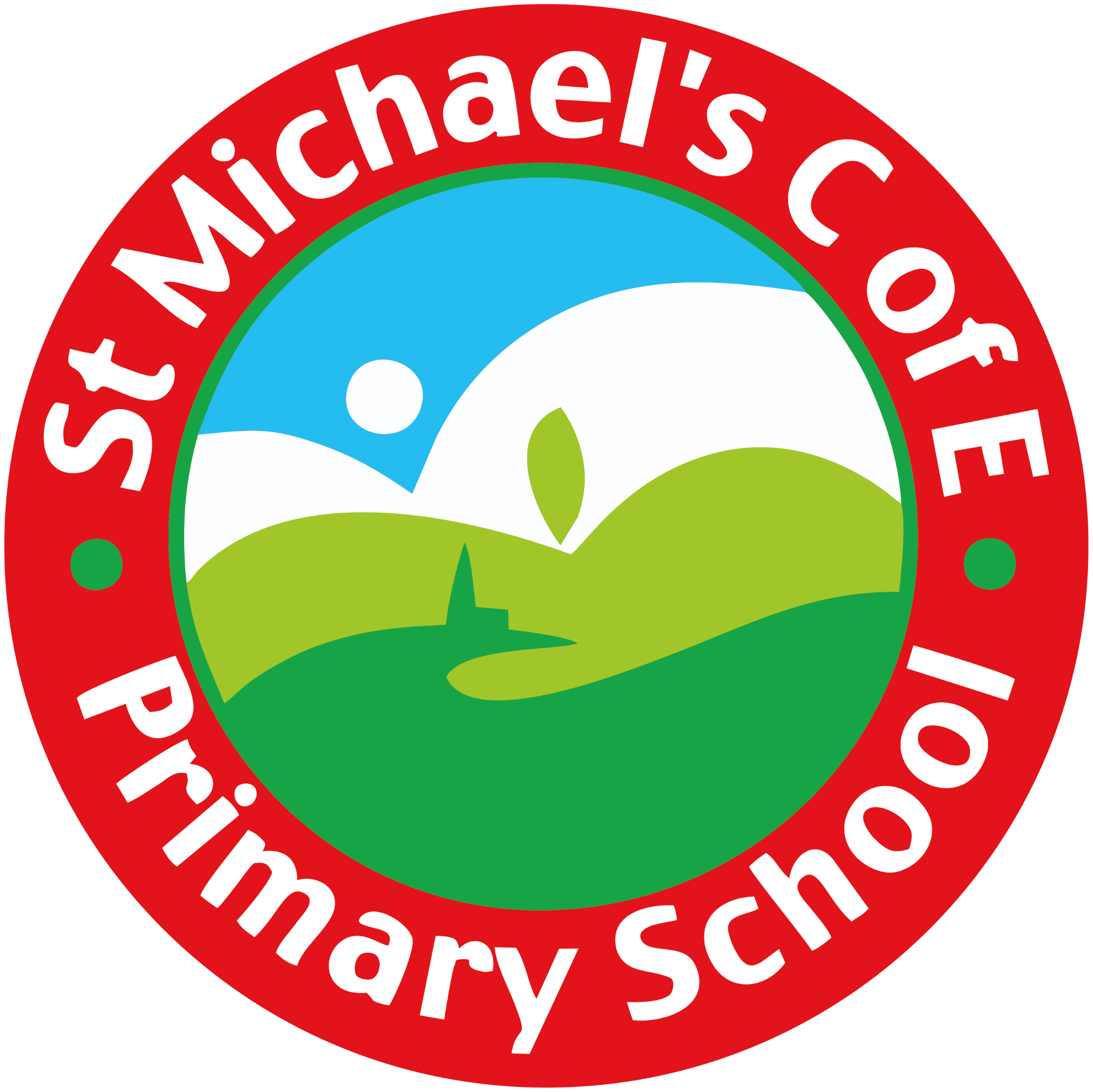
St Michael's C of E Primary School
Guided Reading
Here at St Michael’s guided reading is used to support children towards becoming independent readers. In order for children to become confident, fluent and enthusiastic readers, it is essential that we teach and give them opportunities to develop all of these skills.
For our early readers, this will mean using different books in different ways. During guided reading EYFS and Key stage 1 teachers will gather children in small groups and use guided reading books from our phonics scheme to develop the following skills:
Word recognition – readers decode word and read common exception words.
Fluency and prosody – readers read aloud without sounding out grapheme, phoneme correspondence.
Vocabulary – readers are introduced to a range of vocabulary.
Comprehension – readers develop an understanding of what they have read and make links with their own lives and the wider world through their reading.
The use of Unlocking Letters and Sounds texts in guided reading within the early years and KS1 classes gives children opportunities to practise and apply their phonics and recognise familiar words. In addition to these guided reading lessons, opportunities for children to read fully decodable books that match their current phonics attainment are provided on a regular basis.
As children progress in their reading, we move to ‘whole class’ guided reading in daily sessions for most children. Whole class guided reading offers the benefits of increased exposure to challenging texts, increased time for deep exploration of a text and the opportunity for class discussion. Within these lessons, children continue to develop fluency through the reading of high quality texts or extracts. They are given the background knowledge and vocabulary required to understand the context of the text in the form of discussion, pictures, diagrams or other media clips. Alongside this, comprehension is of great focus during whole class guided reading lessons in Key Stage 2. Teachers model learning to provide a scaffold for inference and understanding of emotion that children can use later within their independent thinking, partner talk or solo work time.